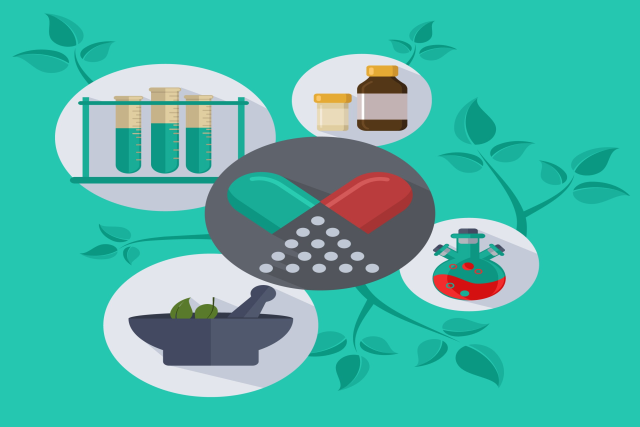
Active pharmaceutical ingredients (APIs) are the cornerstones of any medication. They are responsible for producing the intended therapeutic effects. Medications without APIs would be just inactive carriers.
What is the demand for active pharmaceutical ingredients? Being integral components of drugs, active pharmaceutical ingredient demand is rising rapidly. This is due to increasing pharmaceutical production and rising prevalence of chronic diseases.
According to Coherent Market Insights, demand for active pharmaceutical ingredients is set to rise at 6.8% CAGR during the forecast period. Total industry valuation will likely reach US$ 372.4 billion by 2030. This massive valuation highlights the scope of the API’s industry.
What Are Active Pharmaceutical Ingredients?
Active pharmaceutical ingredients (APIs) are chemical compounds in drugs that produce desired health effects. They are the magic ingredients within medicines that make the medicine work.
APIs directly interact with biological targets to the intended physiological response. From reducing pain to targeting specific pathogens, APIs are wholly responsible for the efficacy of pharmaceutical products.
APIs are synthesized through complex chemical processes. They must meet stringent regulatory standards to ensure safety, quality, and effectiveness. These ingredients are then combined with excipients to create complete drug formulations.
Types of Active Pharmaceutical Ingredients
Different types of APIs are being used in medicines. They are generally classified based on source and chemical structure.
- Natural Active Pharmaceutical Ingredients (APIs)
Natural APIs are derived from natural sources like animals, plants, and microorganisms. They play a key role in traditional and modern medicine. Examples of natural APIs include
-
- Morphine (Plant-based API)
- Insulin (Animal-based API)
- Penicillin (Microbial-based API)
- Synthetic Active Pharmaceutical Ingredients (APIs)
Synthetic APIs are chemically produced in laboratories through complex chemical reactions. They are more popular than natural APIs and are found in a wide variety of drugs. Synthetic API’s are also more cost-effective than their counterparts. Examples of synthetic APIs include
-
- Paracetamol
- Aspirin
- Ibuprofen
- Biologic Active Pharmaceutical Ingredients (APIs)
Biotech active pharmaceutical ingredients are large, complex molecules derived from living organisms. They are produced by using biotechnology methods like cell culture, gene editing, and recombinant DNA technology. Examples of biotech APIs include
-
- Proteins
- Vaccines
- Monoclonal Antibodies
- Gene Therapies
Difference Between Synthetic and Biologic APIs
|
Synthetic APIs |
Biologic APIs |
|
Synthesized chemically through chemical reactions. |
Derived from living organisms using biotechnology methods. |
|
They are generally smaller. |
They are complex molecules. |
|
Often used in treatments for pain relief, infections, and cardiovascular diseases. |
Utilized in advanced therapies for treating diseases like cancer, genetic conditions, and autoimmune disorders. |
Role of APIs in Drug Formulation
APIs are the core components in drug formulation, providing the therapeutic effects of a medication. They are the foundation upon which the entire drug formulation is built.
In drug formulations, APIs are combined with excipients to create the final pharmaceutical product. This combination ensures the drug’s bioavailability, stability, and accurate delivery of the therapeutic effect.
- Determining Therapeutic Efficacy
APIs are wholly responsible for the drug’s intended therapeutic effect. Their specific chemical properties dictate their interactions with the body and the resulting pharmacological action.
- Influencing Drug Delivery
The properties of APIs like stability and solubility influence how the drug is delivered and absorbed in the body. This is critical for ensuring that the drug reaches its target side in right concentration.
- Impacting Drug Safety
APIs can have potential side effects. Drug formulation helps lower these risks by controlling the drug’s release and ensuring its right delivery in the body. APIs also undergo extensive testing to ensure their long-term stability.
Commonly Used Active Ingredients in Pharmaceuticals:
- Paracetamol (Fever Reducer)
- Ibuprofen (Pain Reliever)
- Losartan (Blood Pressure Medication)
- Aspirin (Pain Reliever and Inflammation Reducer)
- Amoxicillin (Countering Bacterial Infections)
- Cetirizine (Tackling Allergy Symptoms)






